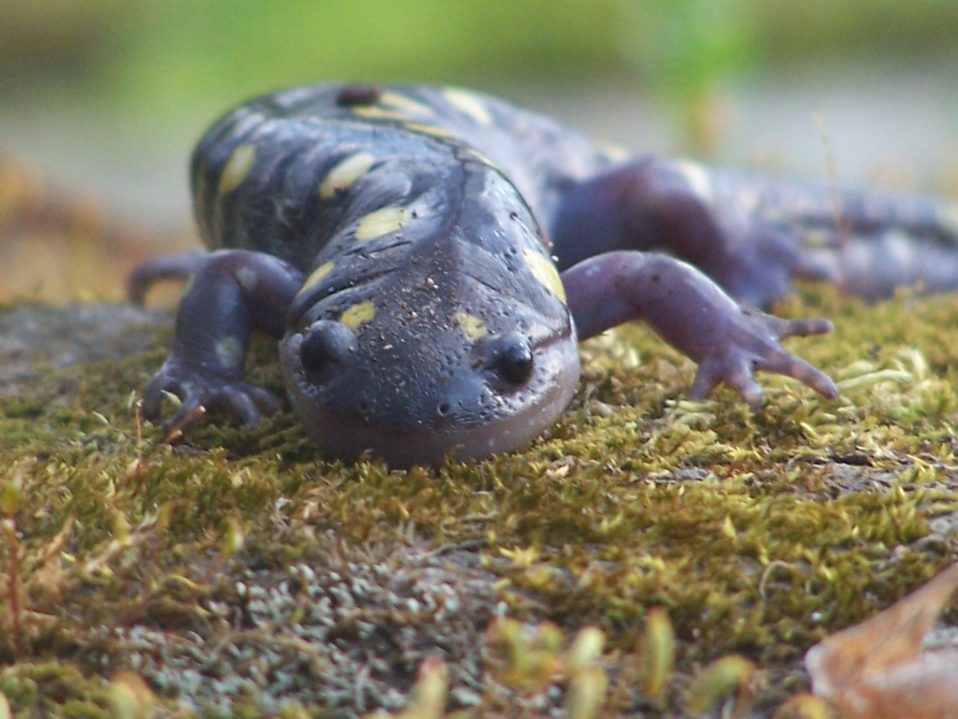In 1993, Mary Byrd Davis, a researcher and conservationist, aimed to identify old growth forest sites across the eastern United States in her book, Old Growth in the East (revised in 2003). In New Jersey, she described 6 sites of less than 40 acres and 7 sites greater 40 acres…...
What does “Old-Growth” really mean? It depends. (Installment 1 of 6)
We humans depend heavily on our visual senses and emotional responses. We frequently make decisions from our hearts, occasionally in defiance of data. We also tend to dislike environmental and other change. This human approach to decision-making is relevant to our definition and approach to stewarding “old-growth” forests. The notion…...
Birds of Belleplain – May 5, 2021
Leaders: Shaun Bamford, Bert Hixon, Lynn Pollard Temp: Winds: Weather Conditions: Scintillating Scarlet and Summer Tanagers, territorial and aglow in the morning light, greeted participants of this mornings ‘Birds of Belleplain State Forest’ excursion. Other highlights included point-blank, lingering views of an obliging territorial male Prairie Warbler, Baltimore Oriole and…...
What is, and Why, Femelschlag
There is no such thing as a “Shade-Loving” plant, plain and simple. In elementary school we learned about photosynthesis. Remember photosynthesis? The essential process of how plants, (except holoparasitic or semiparasitic plants) make food by an endothermic (‘takes in heat’) chemical process that uses sunlight to turn carbon dioxide into…...
Northern Bobwhite Restoration Initiative Published in Journal of Wildlife Management!
In the February 2021 edition of The Wildlife Society’s prestigious Journal of Wildlife Management, the first of several research papers associated with the Northern Bobwhite Restoration Initiative will be published. The Northern Bobwhite Restoration Initiative was initiated in 2014 by New Jersey Audubon and brought together project collaborators Pine Island…...
New Jersey Audubon and Mars Wrigley Partner in Water and Wildlife Conservation
With assistance from New Jersey Audubon, Mars Wrigley recently enrolled into the U.S. Fish and Wildlife Service’s Partners for Fish and Wildlife Program to shape a better world by protecting water quality and improving wildlife habitat. The project will positively benefit the community by planting a pollinator meadow and buffer…...













